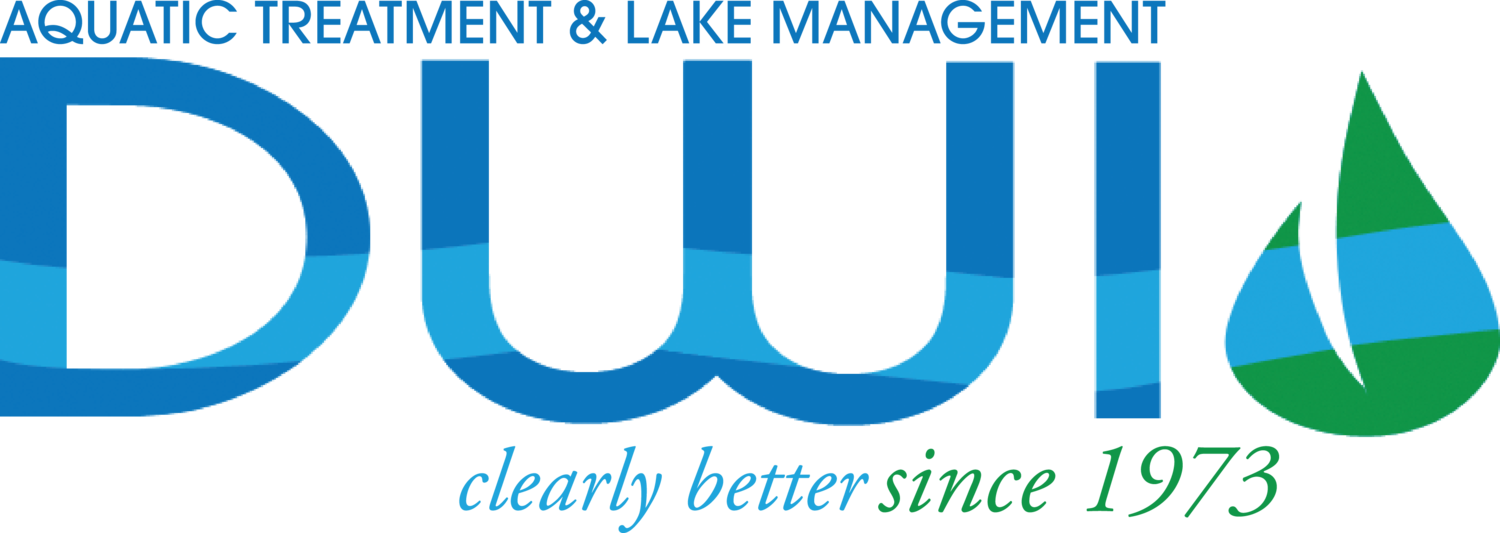By Patrick Simmsgeiger, Founder of DWI
It’s natural, it’s pretty, so why is it so much work to keep a water feature looking that way?
Water is pretty basic stuff- it’s just a liquid made up of hydrogen and oxygen and in its pure state, that’s all it is- but in nature, water picks up lots of dissolved and suspended substances. Lakes, streams, and ponds all become contaminated through rain, wind, run-off, and even illegal dumping. Fertilizer runoff and even grass clippings blown into the water can affect the pH balance and contribute to rapid growth of algae and nuisance weeds. This leads to odor, unsightliness, and an overall loss of visual appeal.
Maintaining a water feature is even more challenging within a man-made environment. When contaminants enter a cement basin or other artificial containment, there is no natural ecosystem to cleanse the water and maintain a natural balance.
Water treatment products are often the first step. Products such as chlorine enzymes, chelated copper sulfate penta hydrate, and alum are used to treat algae and sludge. Clarifiers will take the murkiness out of water and colorants are used to shade bodies of water a more natural blue. All of these and more are used to shade bodies of water a more natural blue. All of these and more are used to retard the growth of algae, slow down the progression of biological contamination, clear up murky water and maintain a natural appearing blue color.
A highly refined double chelated copper sulfate penta hydrate is the most effective product for controlling many forms of algae. When used according to directions, this product will not harm fish or aquatic plant life and will not raise copper levels in the water. Once the algae has been lowered, a biological can be used to reduce sludge.
Clarifiers such as flocculants act like magnets and can be used to remove the suspended silt, some types of algae, dead organic matter and dust. They “latch” onto these floating and/ or suspended particles and cause them to drop to the bottom of your aquatic environment.
Dyes, while coloring your water feature and making it more pleasing to the eye also block some of the UV rays, retarding the growth of algae and aquatic plants, which need sunlight to grow. Used properly, dyes are not a threat to fish or humans. the pH (acidity and alkalinity) is monitored and manipulated to ensure the manmade water feature is as close to “natural” as possible.
Good filters and aeration are essential to helping to retard the growth of algae and the proper oxygenation of your water feature. The size and layout of your water feature will help determine the number, position, and sizes of the aeration and filtration systems.
About every five years, it is wise to drain the water feature, remove the properly dispose of the sludge and then refill your water feature with fresh water.
There are all kinds of tools available, but none are a solution within themselves. You will want to: provide aeration, adequate circulation, good filtration, manage nutrient levels, regular physical maintenance, biologically condition the water with plants, fish and invertebrates, perform pest control as needed, and adjust the suspended solids and organic content with the use of equipment and approved chemicals. But keeping everything looking natural takes work to stay that way- the best approach is to hire a specialist who will work with you to restore a natural balance to your lake, pond, or stream.
And regular attention is a must! Neglect is the worst enemy of water features. Maintenance is needed regardless of the size or type of water feature.
This is why there are aquatic maintenance specialists. We aren’t cleaning pools; we are establishing and maintaining a delicate natural balance and keeping highly visible bodies of water looking (and smelling) good, year after year.



